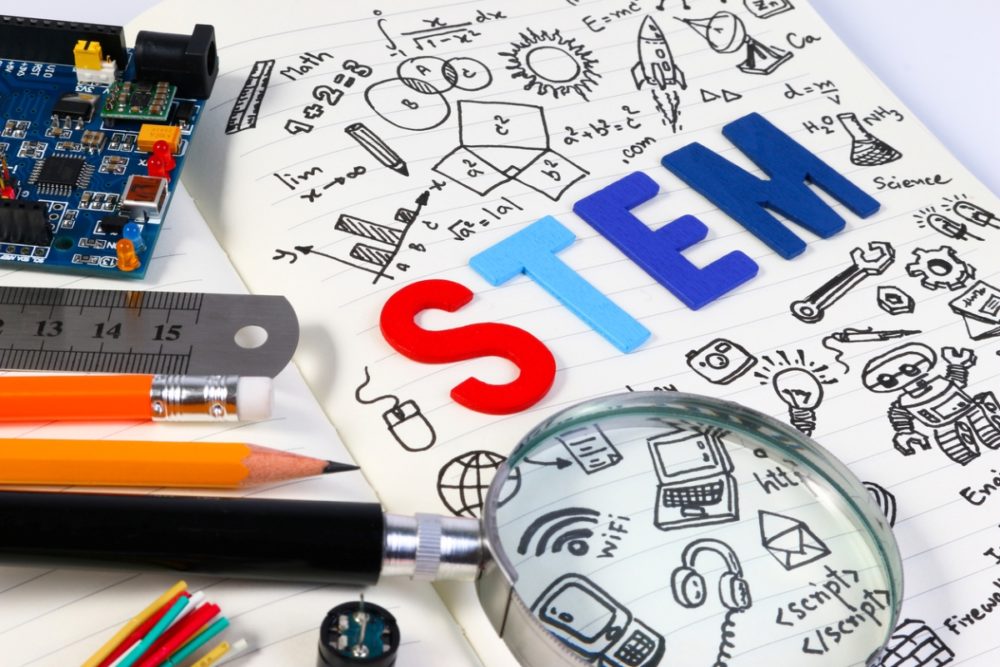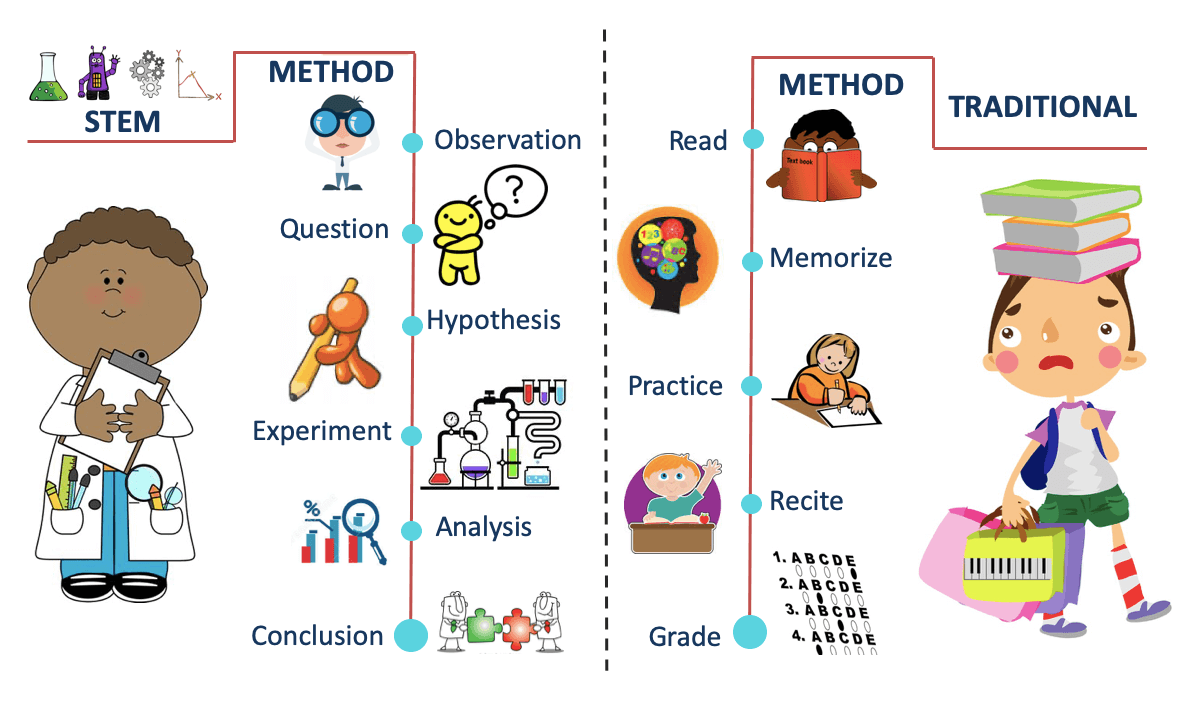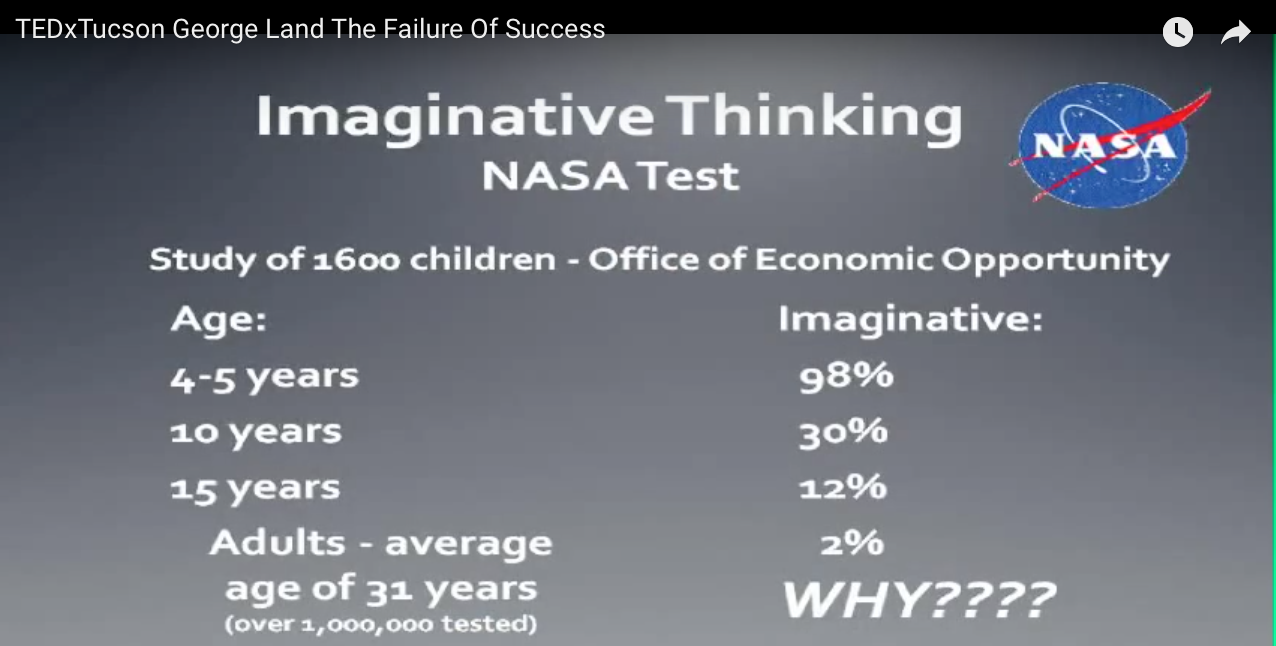What is STEM Education and Why is it Important for Kids?
Posted by admin on
In the current phase of technological revolution, innovations have become a part of every day life for humans. Every now and then we hear the advancements happening across the sectors. Seldom we hear about developments and innovations in education, especially in early years of learning.
This is gradually leading to drop in learning acumen as traditional education is more of rote learning, missing on inculcating a right mindset. Realizing this gap in the learning, the researchers in education field have come up with STEM pedagogy. STEM brings about a paradigm shift in early learning and aims to keep curiosity and genius streak of the kids intact through the growing years.
The term “STEM” regularly features in education policies, curriculum choices, skill sets, employment and workforce strategy. The acronym rose to limelight after a meeting on science education was held at the US National Science Foundation. It later gained momentum when then President Barack Obama stressed the need for STEM education for United States of America to maintain its global leadership.
STEM stands for Science, Technology, Engineering and Mathematics. It is a method of education wherein the subjects are taught in coherence instead of in isolation. It emphasizes on bridging the learning gap by putting the children at the core of experience, making them active learners from passive listeners.
How is STEM education different from traditional education methods?
STEM is not just an acronym for Science, Technology, Engineering and Mathematics but an education method that integrates all these subjects.
It addresses the concerns that these disciplines or subjects are often taught in isolation while the fact is that they are all intertwined. It is a cohesive inter-disciplinary approach based on hands-on learning.
In today’s world, it is impossible to dissimilate these fields from one another. Pick any item from your household or office and try to fit it in just any one of the STEM subjects. You will find it impossible to do so, for everything is integrated with each other.
Science and Math lead to technology development, which is then integrated with engineering to make it useful in our life.
STEM encourages kids to experiment, make mistakes and learn from own experiences to reach correct outcomes, rather than relying on what the textbook says.
Critical thinking, logical analysis, inquiry and project-based learning are the keystones in STEM education. It boosts the curiosity in the kids, making learning process fun, relevant and everlasting.
This is a paradigm shift from traditional education, which vitally lacks in hands-on learning, to a learning that is much better and deeper.
A key flaw with isolated learning is that often students are unable to apply the concepts learned to actual problems, lowering their productivity or understandability and hence implementation.
Problem solving is a major skill set and current education system does not address it.
If queries or learning gaps are not addressed in early years, things get worse when the difficulty level of the subjects rise over time. This loose end in the basic education leads to fear for the subject going ahead – all due to the inherent lag in the traditional education. STEM education assures there is no disconnect in the understanding of concepts by helping students work on the applications.
Taking a very basic example for initial years, math is introduced to kids with number learning, like 1, 2, 3 and so on. Kids don’t understand why they are being taught numbers and why less/more cannot suffice in place of numbers. On the other hands, asking questions like how much more or how less can immediately get them to understand the sense behind numbers and quantification.
What is imperative to understanding is how concepts taught are related to real world and how learning them will help children solve their day-to-day problems. Similarly, playing board games, blending math with arts & patterns from the surroundings can boost kid’s understanding and interest for the subject, leaving no space for anxiety. This is how STEM learning happens for every discipline.
When should STEM based learning for kids start?
STEM based learning can and should start as early as two years of age. In the early years, kid’s brain to knowledge is like a sponge is to water. Learning pace of the kids in initial 5 years is unprecedented and cannot be the same ever in life again.
Introducing subjects in early years in a proper way wire children’s brain for better problem solving, building positive attitude towards the subject and thus leading to metacognition & growth mindset.
Research has demonstrated that young children, while starting their school, already possess enough knowledge of the surrounding world and can think divergently. They are curious learners and have their own reasoning skills. Strengthening these innate abilities should begin at the earliest level rather than reserving it for later years.
Metaphorically, think of a building under construction. You cannot start constructing strong, sturdy building from 5th or 6th floor onwards. You have to start with laying a strong, rock-solid foundation. Architects emphasize a lot on laying a strong foundation for the building to make the structure well equipped to bear harsh circumstances. Once a strong foundation is laid, the upper floors or higher levels are easy to achieve with the similar strength. Same stands true for building a child’s learning acumen.
By the age of eight years, most of the children develop their interest in technology but the transition from a user to an innovator mindset seldom happens. This is predominantly because the education system lays more emphasis on rote learning and scoring in exams, taking the focus off completely from indulging into divergent thinking and experiential teaching.
A few years back, NASA in collaboration with researchers developed a simple test to measure the genius level of the people. The test was so simple that it could be applied to any age group, starting from age 4 to 5 years old. Below are the astonishing results:
The test clearly indicates that 98% of children are born geniuses while the percentage falls to 2% in the grown-ups.
The result indicates that whatever remarkable innovations are happening around the world today is all because of these 2% grown-up geniuses. Rest of the population seems to be just either replicating or learning or utilizing the innovations.
Are kids really born geniuses (and then get dumber)?
Children scored high in the NASA test, as mentioned above, because of their innovative or divergent imagination. As they grow up, the imagination becomes convergent which eventually leads to drop in intelligence.
This drop in intelligence has a lot to do with the rote learning method. It becomes difficult for kids to relate what they are learning unless they see the application of the concept.
Learning process is different for the kids before they are introduced to traditional method of education. Kids observe, experiment and do stuff to adapt the surroundings, which keep their learning efficiency high. This learning process gets hampered when they are introduced to traditional rote learning method.
Premise is that we should not tinker with the natural learning process of the kids. We should motivate them to think, to imagine, to create, to have their own experiences and arrive at their own conclusions.
What are the challenges in implementing early STEM based learning in schools?
Most schools start STEM based education at elementary level or later. And a lot of it is linked with robotics and coding. At this level, teachers are more equipped and trained to understand and boost this sort of education with older kids.
But at preprimary level, the education has not evolved from ages. One of the main challenges is that the teachers at this level are not trained or equipped to undertake this form of education.
STEM education is more of an enquiry-based approach wherein the kids learn through experiments and activities. Kids are motivated to ask multiple questions to understand the concept deeply, hence making the session more communicative.
As per a study, most of the teachers are themselves not very comfortable with exploring practical ideas of teaching science or math in a cross curricular way. Consequently, it becomes difficult for them to taker over this sort of education.
University of Chicago’s pilot project aimed at realizing the difficulty of the early childhood educators and helping them to get comfortable facilitating STEM Lessons.
Teachers need resources or training that could help them undertake STEM teaching and take up the questions of curious minds of that age group.
How can STEM based learning happen at home?
Kids spend more than 80% of their waking hours at home or in influence of their family and friends. Needless to say, it really matters how they spend this time qualitatively.
Parents have a major role to play in shaping their kids learning process. The best part is that the parents know their kid’s inherent skills, interest and motivational factors.
Home with its informal setting and a greater comfort level offers an exclusive time to dig deep into the concepts through STEM based hands-on learning.
Kids enjoy learning much more when their parents take equal interest and participate in the process. It makes them super confident and communicative, which boosts their metacognitive skills.
Why our children’s future depends on STEM education?
If you rewind human evolution over the past 10,000 years, you will come to the conclusion all by yourself. It all started with hunting, gradually progressing to farming. Post farming, we started scaling up the things, building up cities and trades and eventually getting into manufacturing, marking the beginning of Industrial Revolution.
It took us thousands of years to evolve from Hunting to Industrial Revolution.
First industrial revolution started when we began using water and steam power for production. Second was when we used electric power to boost the mass production. The third phase involved computers, information technology and electronics for automated production.
Today, we stand amidst the fourth industrial revolution, where we are witnessing artificial intelligence, robotics, Internet of Things and things that were considered impossible during earlier revolutionary periods.
Pace of world evolution in last 50 years has been unprecedented historically. The change is so rapid that the thing we know or we have, become obsolete in just a few months.
Every year, companies like Apple or Samsung are coming out with at least 2 to 3 new versions of smart phones with the latest features. The latest features seem so amazing that you wish to discard the earlier model no matter how old they were, which is actually just a few months old.
What is surprising is that these smart phones have evolved in last one decade and that to a level where it is hard to imagine life without them.
Similar changes are happening in manufacturing processes. People are experiencing the pace of development in every sphere of their lives.
Three companies are governing the world predominantly today: Amazon, Google and Facebook. They are relatively young companies and have come into existence in recent past. Amazon started in 1994, Google was founded in 1998 and Facebook launched in 2004. Their trajectory of growth is phenomenal!
In almost two decades or a little over, they have become household names across the world. What’s more, they are evolving every day with new features to serve the world more efficiently.
Artificial Intelligence (AI) or machine learning has a big role to play in this. In a simple layman terms, AI is an intelligence that is being put into the machines by humans on the basis of the prior experiences, acts, knowledge and ideas.
AI lacks in one thing in comparison to humans and that is the cognitive skills. Surprisingly, with deep neural networks techniques, attempts are being made to achieve human levels or even better in a variety of cognitive tasks like perceptive, predictive, prescriptive and participative tasks.
Technology and Innovation are transforming the economy drastically and we are amid the Fourth Industrial Revolution “The Technological Revolution”.
Going forward, we will witness increased use of Artificial Intelligence and Robotics, which will reshape business models across sectors and geographies.
According to Manpower Group, one of the largest job companies, developments in technology will cause greater automation, lower the headcount or slow growth in hiring in some areas while creating massive number of jobs in other fields.
From IBM Watson replacing attorneys at New York law firms to diagnosing diseases, STEM has evolved as the key area where new jobs have emerged and will continue to do so at a faster rate.
- According to Price Waterhouse Coopers (PwC) 75% of fast-growing occupations require STEM skills.
- Employment in STEM occupations grew by 10.5%, or 817,260 jobs, between May 2009 and May 2015, compared with 5.2% net growth in non-STEM occupations, as per the U.S. Bureau of Statistics.
- According to the US Department of Commerce, in past 10 years, growth in STEM jobs was three times as fast as growth in non-STEM jobs.
- STEM occupations are projected to grow by 17.0 percent from 2008 to 2018, compared to 9.8% growth for non-STEM occupations.
- STEM workers command higher wages, earning average 26% more than their non- STEM counterparts.
- STEM workers are also less likely to experience joblessness than their non-STEM counterparts.
The above data is compelling. The world of work is going through a transition. For our future generations to prosper and grow, we need to embrace this change and equip them with right knowledge and skills. Knowledge and skill that STEM education can provide.
What we are going to witness is a change in the skill set requirement. That means if we continue to rely on conventional education system, as many as two-thirds of children entering primary school today will not have the required skills to get a job, by the time they leave education.
Special efforts need to be put to transform our education from standard traditional learning to experiential or active learning.
Which countries are seriously implementing STEM education?
Leading developed nations across the globe realise the significance of STEM based learning for kids in early years. They are considering early STEM education crucial for economic development and expect it to be a prime factor to lead the global competition going forward.
United States has made STEM education as a part of their “Course for Success”. US believes that innovation of the nation, its prosperity and security depends on an effective and inclusive STEM education ecosystem.
Immense efforts are being put at an early age to develop interest in fields of science and mathematics through STEM based learning. There are many organizations and universities, supporting and working together to implement STEM education at earliest level possible.
Singapore implemented STEM education in 2014. STEM education in Singapore begins at the preschool level. Objective of introducing the model at such an early stage is to equip children to understand more complex issues later in their lives. Parents are insisting to enroll their kids in STEM education as early as in pre-schools.
Nordic countries, which lead in education, are adopting more hands-on approach to learning and even contemplating a shift to project-based learning approach.
STEM education in India is gradually catching steam too. Though it is still in the initial phases, the education departments and private organizations have started moving up the STEM ladder. Many schools have implemented STEM at primary level and targeting implementation at pre primary levels too. Goal is to boost critical thinking and creative skills of the kids.
Other nations like UK, Canada, Australia, Japan are all geared up to include STEM education in early years to give children a right mindset since the onset of schooling years. It has been proven that hands-on active learning boosts academic success rate of kids. It prepares them with the right growth mind-set to adapt and innovate in this rapidly evolving world.
Explore KidPillar STEM e-Books
The post What is STEM Education and Why is it Important for Kids? appeared first on KidPillar.









